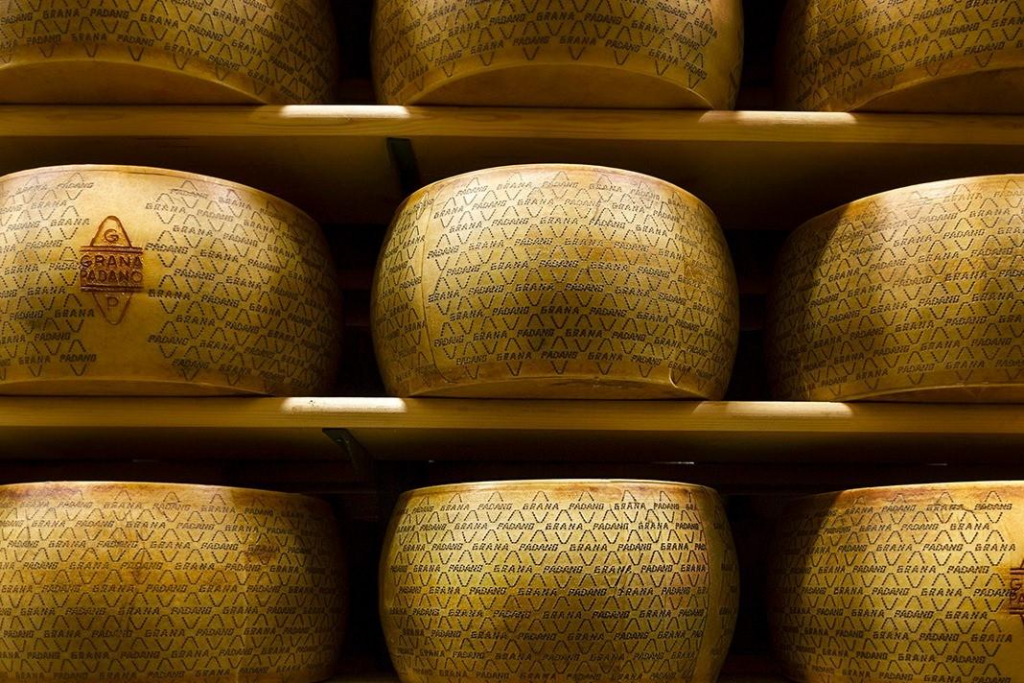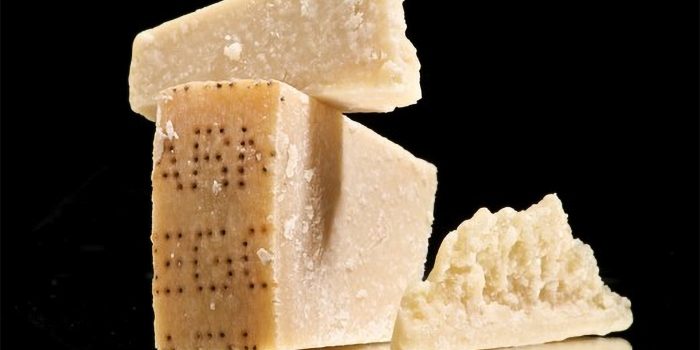The age-old struggle against fraudulent cheeses has reached a new level as Italian Parmigiano cheese manufacturers utilize microchip technology to safeguard their product authenticity.
The Parmigiano Reggiano Consortium (PRC), a governing body in Italy responsible for certifying cheese legitimacy, has been engaged in a century-long battle against imitation cheeses that fall short of meeting stringent criteria for genuine production.
Having secured the coveted Protected Designation of Origin (PDO) status from the EU in 1996, Parmigiano Reggiano is granted special recognition. According to these regulations, only cheeses crafted in a specific region encompassing the Italian provinces of Parma and Reggio Emilia can be legally sold as parmesan within the European Union. This exclusive status dictates that the cheese wheels must mature for a minimum of one year in a mountainous climate and undergo evaluation by experts two years after production to ensure top-notch quality.

The PDO classification is reserved for food items created within a particular geographical area using established expertise, such as French champagne, Portuguese port, and Greek kalamata olive oil. Due to their stringent production requirements, these products are often sold at premium prices, drawing the attention of counterfeiters seeking to exploit the prestige of these protected names. The PRC estimates that the annual global sales of counterfeit cheese reach approximately $2 billion, not far from the authentic product’s record sales of $3.1 billion the previous year.
Alberto Pecorari from the PRC affirmed their unwavering commitment: “We keep fighting with new methods. We won’t give up.” The latest approach to tracing authentic cheese wheels results from the collaboration between the PRC, microchip manufacturer p-Chip Corporation, and Dutch/French cheese mark producers Kaasmerk Matec.
In the past, cheesemakers utilized a system that labeled each cheese wheel, made from 550 liters of milk, with a casein plate containing a distinctive alphanumeric code. This code created a unique dot pattern encircling the wheel, including the month and year of production. Unfortunately, this method proved insufficient in deterring counterfeiters. With a growing international market for parmesan, where nearly half of last year’s show was exported beyond Italy, producers recognized the need for modern technology.

The digitization of the tracking process serves the purpose of “conveying the value of our product globally and distinguishing it from similar-sounding products on the market that do not meet our strict requirements for production and area of origin,” stated PRC president Nicola Bertinelli, as reported by The Guardian.
The history of counterfeit cheeses traces back to the aftermath of World War I when Italian immigrants in Argentina introduced a South American cheese known as Reggiano. In a recent victory, the PRC prevented US food giant Kraft Heinz from trademarking “Kraft parmesan cheese” in Ecuador. This achievement carries significance considering that the EU’s PDO status is not universally acknowledged beyond Europe’s borders.


